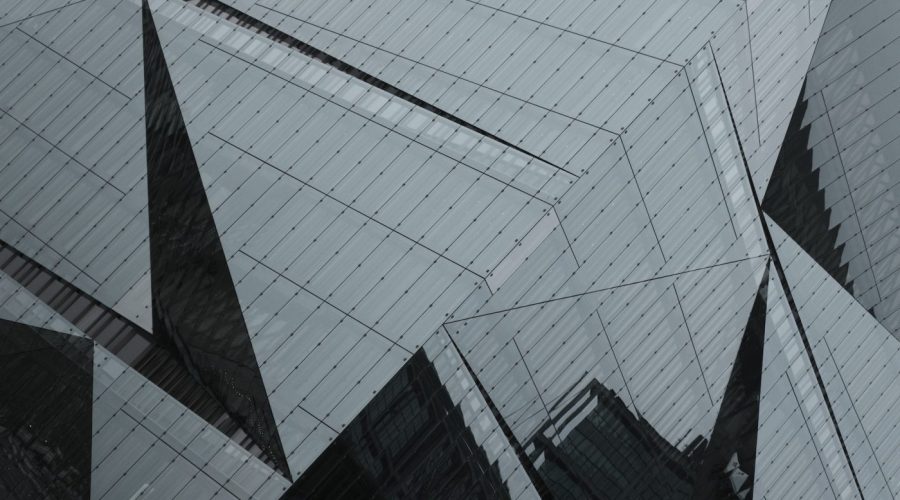What Was Life Like in West Berlin Behind the Wall?
The Berlin Wall, separated for years the city from 1961 to 1989 on more than just a physical divide. It was a symbolization of political tension, and of the Cold War. The wall ripped apart families, friends and cultures and found its place right in the day-to-day lives of West Berliners. And how must have life in West Berlin have been on the other side of the wall.
Social Isolation: The Wall’s Psychological Impact
Living in West Berlin, what might be called a “split existance” – life behind the wall could almost be said to be driven by one dreary symbol after another of division. The wall also was a tangible thing breaking the flow of movement and cutting away family lines. Crossing the border was a bureaucratic nightmare, insane crazy strict checks and procedure’s. The confinement, however, led to the results of the isolation like extreme anxiety, feeling which has the freedom curtailed and sense trapped.
The hardships many West-Berliner had in front of but still a lot to them their chance showed a strong letter. People’s neighborhoods were started inside the city, or just a strong social coincidence happened to. People were convening events, concerts and demonstrations – as a way to get their minds off the isolation, and to demand reunification.
Economic Challenges: Living in the Island City
West Berlin was a city inside East Germany was unlike any other kepocity. It was the last pocket, an isolated bulge, the only splinter of earth the U.S. retained south of Paralley quella barrier three miles south of the five-mile fireshield. This isolation led to many economical hardships for the population, since of frequent trade routes were closed. Staple goods like food and medicine often were airlifted in.
Despite its problems, West Berlin showed up as a symbol of economic fortitude. The city attracted artists, thinkers and entrepreneurs looking for a new and unexplained territory to discover and make. West Berlin’s government employed plans to boom businesses, driven to new industries form and the lively culture scene.
Escape Attempts: The Risky Pursuit of Freedom
Life on the other side of the wall in West Berlin kept to themselves a hopeless reminder their brethren in East Berlin were not that lucky. Everywhere in East Berlin, people frustrated by homes, jobs, food shortages, a life of semidarkness, and absolutist authoritarianism were reluctant to die in desperate, usually unsuccessful attempts to flee westward via West Berlin. These escape attempts were in danger and indeed had significant consequences if found.
To the West Berliners countless escape attempts were happening, and their support for all looking to be free of oppression was all in. The Berlin Airlift of 1948, when Western Allies supplied West Berlin with food and goods under Soviet blockade, showed that the community internationally stood by its citizen population. The wall could appear to have materially cleaved apart Berlin, but what it had actually assembled was the entire world in unity.
Living With the Wall: Everyday Realities
Making a life in West Berlin meant getting used to the sight, the aftermath of the wall, psycho-emotionally. The Wall was a felt thing, a real divide, a boundary circumscribing streets and homes and neighborhoods. It is also an emblem of the country’s division and a proof of the freedom and unity.
But life in West Berlin was not facile and the perpetual reminder to the boundary, Berliners forgot for themselves a whole life. The town was full of its own artistic centres, nap universities, and bars which bashed through night into their day time. West Berliners they used their perch to create a culture that was unique to the rest of Germany, and that was a culture of resilience, a culture of determination.
In Conclusion
Life inside of West Berlin, behind the wall was far from easy. It certainly is a time for social shutdown, economic hardship and bloody reminder of the chasm which separates us. But it was one of recycling, oneness and hope for a brighter tomorrow for that people of West Berlin. They had rebuilt their city to be full of culture and creativity out of constraint. The fall of the Berlin Wall in 1989 signalled a defining moment, giving the city and the country reunification.
Looking back it has to be said that the history of West Berlin is the history of those who lived in it, and their stories remind us of the strength of the human spirit and of the power of resistance.
Table of Contents



